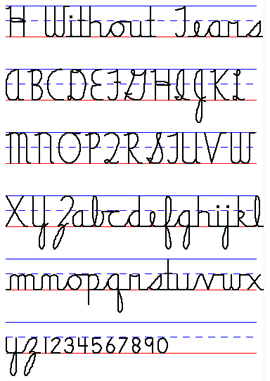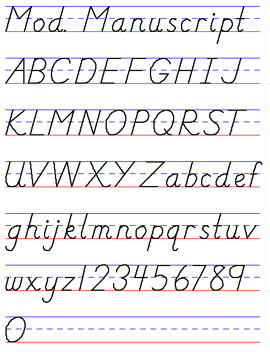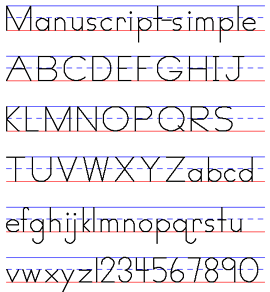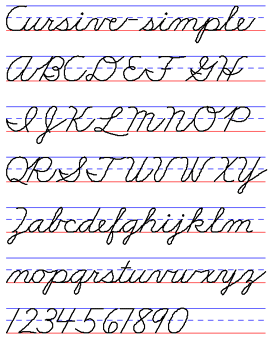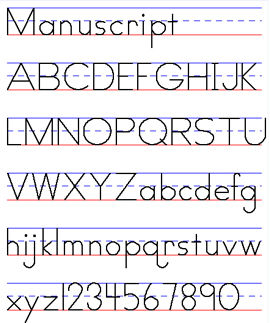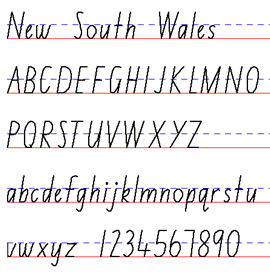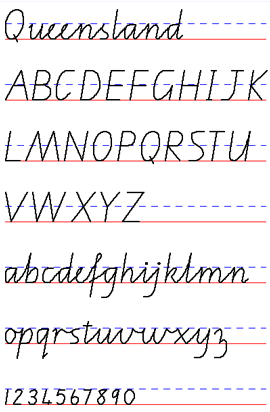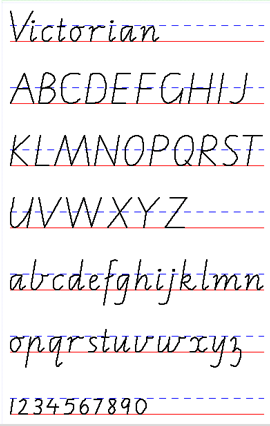Ask Your Local School
Primary or elementary schools agree on one handwriting style to teach—at least they should. If your preschool child is eager to write or your child is already attending school, but you don't know which style is used, contact the local school office and ask.
Homeschooling
Homeschool parents—you get to decide! It's nice to find a style that appeals to each child, but I've found that it makes sense to stick to one style for the family.
The Left-Handed Child
With any handwriting style, there is a slight modification that can help a left-handed child write more smoothly. It's simple—pull the pencil toward the hand when making horizontal lines. For example, a right-handed writer crosses the letter “t” from left to right. For the left-handed, the letter is crossed from right to left. The following letters are affected:
Lowercase letters: t, f
Capital letters: A, E, F, H, I, J, T.




















